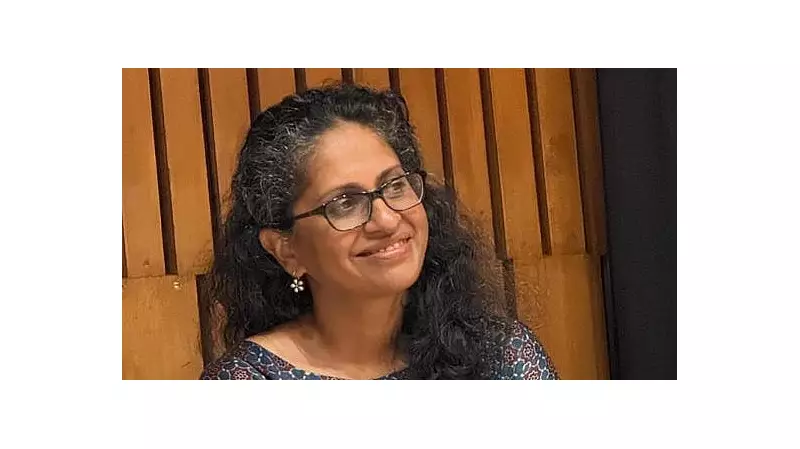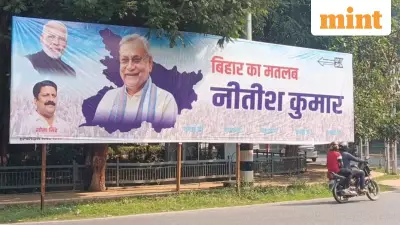
In a groundbreaking revelation about Karnataka's welfare schemes, Professor Prabha Kotiswaran from Kings' College London has revealed that putting money directly into women's hands is fundamentally altering patriarchal structures within households. The findings come from an extensive 18-month survey conducted across the state, examining the real impact of cash transfer programs on women's lives.
Methodology Behind the Revolutionary Findings
The comprehensive study involved 2,045 women from similar socio-economic backgrounds, carefully divided into two groups: beneficiaries of the Gruha Lakshmi scheme and non-beneficiaries. Professor Kotiswaran explained that unlike some African countries where such schemes are rolled out in phases, in India they're implemented in mission mode by governments, making proper baseline studies crucial.
We employed a detailed questionnaire comprising 100-120 questions that covered everything from expenses before and after the schemes to food habits, said Professor Kotiswaran. This approach allowed researchers to determine whether positive changes in women's lives were specifically due to the guarantees rather than external factors like new employment or inheritance.
Financial Empowerment Reshaping Marital Dynamics
One of the most significant findings challenges political narratives about these schemes creating household conflicts. Contrary to BJP leaders' allegations that guarantees would increase fights between husbands and wives, the study found that 48% of women reported reduced day-to-day conflicts after receiving the cash transfers.
Professor Kotiswaran elaborated that marriage begins as a highly unequal relationship, and the guarantees are acting as a gamechanger by reorienting the marital bargain. The research discovered that women now have more say over their husband's earnings as a direct result of receiving their own money, and husbands are showing increased trust in women's ability to manage household finances.
Addressing Fiscal Concerns and Implementation Challenges
While acknowledging the high fiscal pressure of these schemes, Professor Kotiswaran emphasized the historical context of women's unpaid labor. Karnataka's GSDP wouldn't exist if women didn't perform all the unpaid work at home, she stated, drawing parallels to initial criticisms of MGNREGA that later proved invaluable during the COVID-19 pandemic.
The study also revealed interesting patterns in how different economic groups utilize the funds. While poorer women use guarantees for basic needs, wealthier beneficiaries tend to use them for luxury consumption. This gradation in usage patterns highlights the complex economic impact of these schemes.
Professor Kotiswaran noted that while exclusion criteria could make the schemes more focused, there's significant value in universal approach. 31% of women surveyed felt all women should receive the benefits, arguing that as voters and citizens, they all deserve recognition for their unpaid work that benefits society.
Broader Economic and Social Impact
The schemes are creating unexpected economic shifts at the village level. Women reported traveling to cities for shopping using free bus services, while some private transport providers (often husbands) experienced job losses due to the Shakti scheme. This demonstrates the complex ripple effects of such welfare programs throughout local economies.
The packaging of five guarantees, three of which are women-centric (Gruha Lakshmi, Gruha Jyothi, and Anna Bhagya), creates a powerful interdependence that supports holistic development. This comprehensive approach has inspired other states to implement similar schemes, though Professor Kotiswaran noted that some states like Punjab, Telangana, and Delhi have been more guarded in their implementation despite making election promises.
Looking forward, the professor emphasized that while cash transfers are necessary, they're not sufficient. The fundamental need for job creation, whether for men or women, remains a larger macroeconomic issue that requires continued investment in health and education infrastructure.





